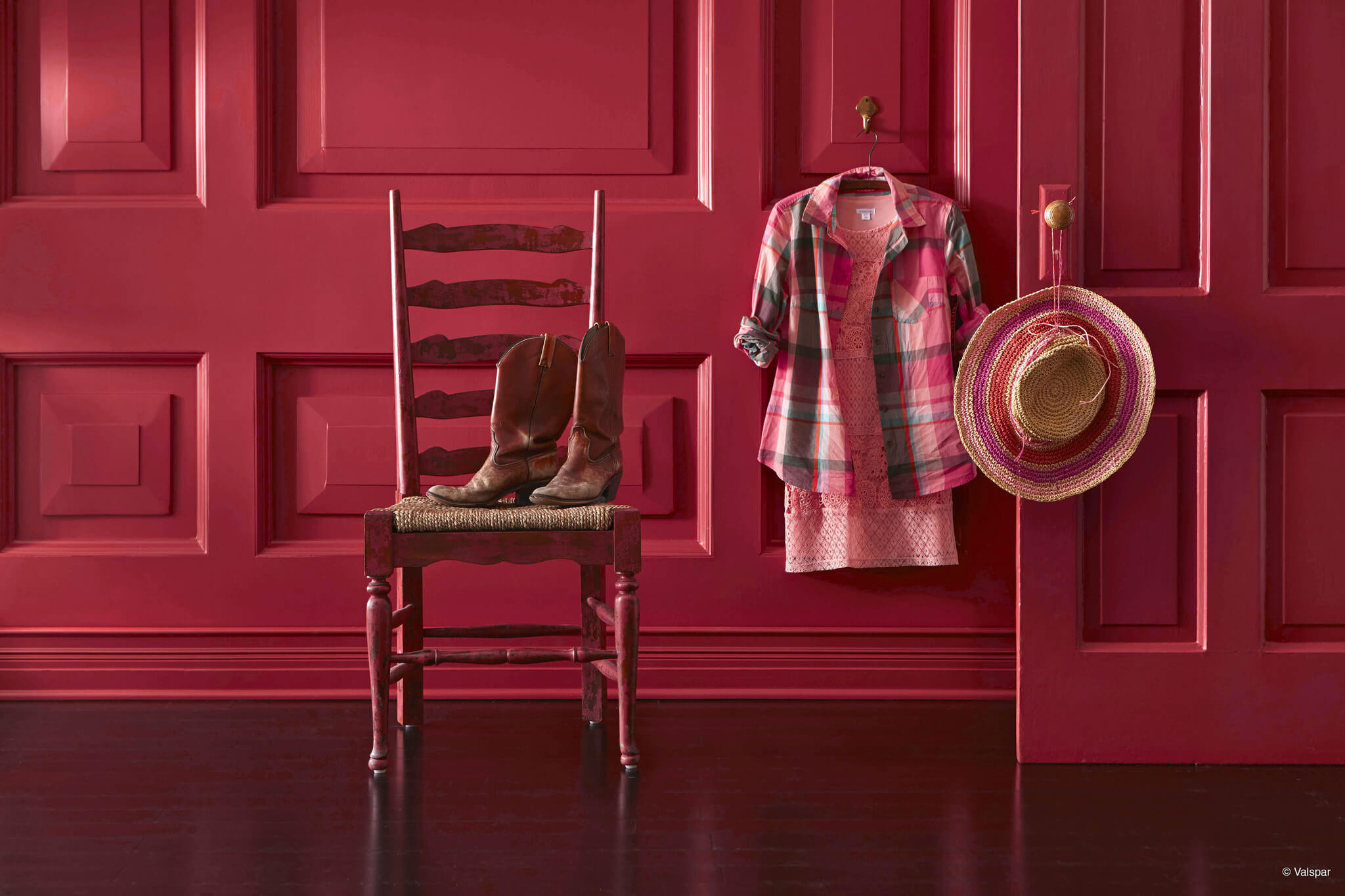
How to soften a paint brush
Few things are more annoying than preparing to paint your walls and then finding that your paint brushes are all clumped up and hard. Not only can clumped bristles impact the finish of your paint, but they can also fall out and leave streaks, making painting much more difficult and less precise.
Finding a hard paintbrush doesn't mean you need to head to the shops for a new one. Instead of spending more money, you just need to know what softens paint brushes. Luckily, we know some easy ways you soften a hard paintbrush once again.
How to soften hard paint brushes
Follow these simple steps to prevent your bristles from clumping and to ensure a smooth decorating job.
1. Fill a bowl with warm soapy water
When faced with hard bristles, the first step is to get them well-soaked in soapy water. At first, you may think that the bristles aren’t going to soften at all but leaving them in the water for around 15 minutes will help to saturate them as much as possible. Always use a good quality washing-up liquid to ensure you get the best results.
2. Gently rub the bristles to create a lather
Start to create a lather around the bristles by mixing them in the soapy water with your hands (use rubber gloves to protect your skin). Do your best to work the soap into the bristles so that they start to loosen up a little.
3. Use white wine vinegar
Once your bristles are soaked and soapy, give them a little rinse to remove the majority of the lather. Then empty your bowl and re-fill with fresh water. Next, add a few tablespoons of white wine vinegar to the water and add the brushes once again.
Pour enough water & white vinegar mixture to allow the brushes to be fully submerged and leave for about 30 minutes. Note that heating up the water & white vinegar mixture in a microwave first could help to speed up the process a little, so try this if you are short on time. Then rinse the brushes with warm water. If the bristles are still stiff, repeat this process again.
4. Comb out excess paint
By now the bristles should’ve softened quite a lot, so it’s a good time to get out a comb and give them a good brush. Be sure to use a proper paint brush comb and you should be able to brush out most of the excess paint that is sticking to the bristles.
5. Try baby lotion
Baby lotion is really moisturising and will help your bristles stay soft and flexible. Simply rub a small amount of lotion onto the bristles, massaging it in as you go. Then, gently wipe the brush off on a towel working in circular motions to dislodge the remaining lotion. Repeat until you feel the bristles getting softer.
6. Rinse thoroughly
Once you are happy with the softness of your brush, it’s important to give it a good rinse under warm water to get rid of any remaining soap or baby lotion. Keep rinsing until the water runs clear with no remaining bubbles or lather.
7. Leave to dry
After a good rinse, leave your brush/es to dry on a towel for a couple of hours. They will then be ready to use once again!
How to maintain a soft paint brush & prevent clumping
Once you have finished your paint job, it’s essential to treat your brush to some good aftercare treatment to ensure it remains soft and doesn’t clump again in the future. Whether you use natural hair bristles or synthetic ones, they still need to be maintained in order to keep performing year after year, project after project.
1. Be gentle with the bristles
Quality paint brushes deserve quality care and attention and being gentle with those bristles will actually contribute to the paintbrush’s longevity. Your paint brush’s bristles are stuck onto your brush using glue so if you go hard on them with vigorous brushing or scrubbing, you run the risk of pulling some of those bristles out of place and becoming clumped.
2. Clean your brushes properly
Clumping is generally caused by dry paint. Your paintbrush might look clean but there can be dried paint near the base or, hidden among the bristles, which can cause them to go stiff once dry. To give your brushes the best chance of keeping soft and supple, you need to clean them thoroughly.
For water-based paints, use kitchen roll or a clean rag to wipe as much paint off the bristles as you can. Then rinse it in a bucket of warm soapy water. Once all the paint is gone, rinse it under cold water so it’s thoroughly clean. This helps to remove the paint plus soap residue which might be left behind and can make the bristles inflexible.
For other kinds of paint, wipe off with a rag, rinse the paintbrush in warm soapy water and then leave it to stand in white spirit overnight. After they’ve had a good soak, wear protective gloves, and massage the bristles to work in the white spirit. Get as high up the bristles as you can, into all the parts you can’t see.
If you’re using a shellac-based paint or primer (these are usually advertised as being able to prime surfaces like laminate), these can be cleaned with acetone. Shellac is used in nail polish so the nail varnish remover you can buy from the high street is really effective at removing the paint. After you’ve put the brushes in the acetone, massage the bristles and remove the excess paint. When you’ve removed as much of it as you can, rinse it in warm water to remove any acetone residue.
You should clean your brushes immediately after you’ve finished using them. If you need to use them again in a few hours or the next day, wrap the brush in cling film or keep it in an airtight sandwich bag. This will prevent the paint from drying out and let you use it again later on. Just don’t leave it wrapped or sealed up for too long, it won’t stay wet forever.
3. Always dry your brushes
Clumped and loose bristles can also happen when your brushes don’t dry correctly. Place your brushes handle down in a mug or cup to let the bristles stand freely. This stops the weight of the handle from leaning on the bristles and working them loose. It also keeps them in a natural position and prevents them from drying awkwardly and clumping.
4. Store your brushes well
Your brushes should be separated by project. For example, you should have a brush you use for priming, a brush you use for water-based paints etc. This will help make it easier to keep the brushes completely clean and prevent clumping.
You can store them any way you want, just make sure there’s no pressure on the bristles as this can cause them to become loose.
We hope you have found this guide helpful. Remember to check out our other Help & Advice pages for further expert help.







